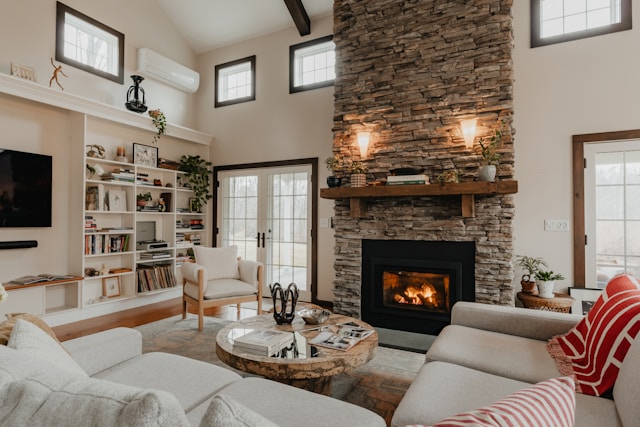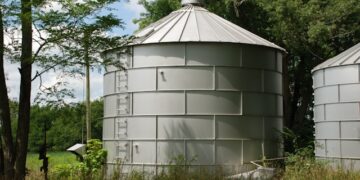As temperatures drop, ensuring your home is properly winterized can help keep you warm while reducing heating costs. A few strategic upgrades and maintenance tasks can improve energy efficiency and prevent cold drafts. Here’s how you can winterize your home and save money on heating bills.
Why Winterization is Important
Winterizing your home not only keeps it comfortable but also helps reduce energy consumption and lower utility bills. Proper insulation and sealing can prevent heat loss, while regular maintenance of heating systems ensures efficiency. Taking these proactive steps can also protect your home from damage caused by freezing temperatures.
Inspect and Seal Air Leaks
One of the most common causes of heat loss is air leaks around windows, doors, vents, and electrical outlets. To identify drafts, you can perform a simple test using a candle or incense stick—hold it near suspected areas and see if the flame flickers.
Once you locate leaks, seal them with weather stripping, caulk, or draft stoppers. Applying foam sealant around electrical outlets and installing door sweeps can also help prevent heat from escaping.
Improve Insulation
Proper insulation is key to maintaining indoor warmth. The attic, walls, and basement should all be well-insulated to prevent heat loss. Fiberglass, spray foam, and cellulose insulation are popular options.
Additionally, using thermal curtains or installing window insulation film can add an extra barrier against the cold. These simple upgrades can significantly reduce heating costs over the winter months.
Optimize Your Heating System
A well-maintained heating system runs more efficiently and consumes less energy. Schedule an annual furnace inspection to ensure it’s functioning properly. Replacing air filters regularly can improve airflow and reduce strain on the system.
Installing a programmable thermostat allows you to set temperatures according to your schedule, reducing energy use when you’re away or sleeping. Smart thermostats take efficiency even further by learning your habits and adjusting accordingly.
Windows and Doors
Windows and doors are common sources of heat loss. Installing storm windows and doors adds an extra layer of insulation, keeping cold air out and warm air in.
Heavy curtains or insulated blinds can also help trap heat indoors. Make sure to keep them open during the day to take advantage of natural sunlight and close them at night to retain warmth.
Protect Pipes from Freezing
Frozen pipes can lead to costly damage and repairs. To prevent this, insulate exposed pipes, especially in unheated areas like basements, crawl spaces, and garages.
On extremely cold nights, let faucets drip slightly to prevent pipes from freezing. Also, shut off and drain outdoor faucets to avoid ice buildup in the pipes.
Utilize Alternative Heating Methods
Maximizing alternative heat sources can help reduce reliance on central heating. Space heaters can provide warmth in specific areas, but they should be used safely and never left unattended.
Ceiling fans can also help distribute warm air by reversing their direction to push hot air downward. Taking advantage of natural sunlight by keeping curtains open during the day can further warm up indoor spaces.
Smart Energy-Saving Tips
Beyond winterizing your home, small lifestyle changes can contribute to lower heating costs. Unplugging unused electronics prevents phantom energy loss, while cooking and baking can add warmth to your kitchen.
Dressing in layers, using heated blankets, and placing area rugs on cold floors are simple ways to stay comfortable without increasing heating bills.
Final Thoughts
Preparing your home for winter doesn’t have to be complicated or expensive. By sealing air leaks, upgrading insulation, maintaining heating systems, and using energy-efficient practices, you can stay warm while reducing heating costs. Taking these steps before the coldest months arrive ensures a cozy and budget-friendly winter season.









